Mastering the Road Ahead: Knowing which way to turn is tricky, read on to get clarity and confidence with your matter.
Being involved in a car accident is challenging enough, but facing the situation uninsured and at fault adds a unique set of challenges.
This article aims to guide you through the process of resolving and settling damages under these circumstances.
We’ll provide clear, actionable steps to help you navigate the legal and financial complexities you’re facing.
From what to do at the accident scene through to dealing with insurance companies , repairs and prevention going forward.
While the journey ahead may seem daunting, this guide is here to simplify it, offering support and direction at each stage.
Let’s begin this journey together, tackling each challenge with informed confidence.
Contents
Safety First: Immediate Steps Post-Accident
Documenting the Incident
Communicating with the Other Party
Dealing with Police and Accident Reports
Dealing with Other Party Insurance Company
Understanding the Legal Process
Financial Considerations and Negotiations
Repair and Medical Costs
Long-Term Implications and Prevention
Required Disclosure before we get started: Please note that this article serves as a general guide for managing the aftermath of a car accident when uninsured and is not a substitute for professional advice. Each situation is unique and may require specific legal or financial counsel. We recommend consulting with legal or financial professionals to address your specific circumstances. This guide is intended for informational purposes only and should not be relied upon as legal, financial, or professional advice. Links in this post may generate a fee to help support this website.
Safety First: Immediate Steps Post-Accident

Being involved in a car accident is always a stressful experience, especially if you’re at fault and uninsured.
However, the immediate actions you take can significantly impact the situation’s outcome.
Safety, both yours and that of others, should always be your top priority.
Here’s what you need to do right after the accident:
Ensure Safety: Your first step should be to ensure everyone’s safety. If possible, move vehicles to the side of the road to prevent further accidents and turn on hazard lights. Check if anyone is injured and needs immediate medical attention.
Call Authorities: Regardless of the accident’s severity, it’s crucial to call the police. They will document the scene and provide a report, which can be vital later, especially since you’re uninsured.
Exchange Information: Exchange contact and vehicle information with the other driver. This includes names, addresses, phone numbers, and vehicle registration details. Avoid discussing fault or details of insurance coverage at this stage.
Document the Scene: Use your smartphone to take pictures of the accident scene, including all vehicles involved, license plates, and any visible damage. This visual evidence can be crucial for future reference.
Look for Witnesses: If there are any witnesses, get their contact information. Their accounts may be helpful later on.
Report the Accident: Inform your state’s DMV if required by law, especially since you’re uninsured. This step might vary depending on your state’s regulations.
Checklist Post-Accident:
- Safety check and first aid
- Move to a safe location, if possible
- Turn on hazard lights
- Call the police
- Exchange information with the other party
- Take photos of the scene
- Gather witness information
- Report the accident to the DMV
By following these steps, you can ensure that you handle the immediate aftermath of the accident responsibly and prepare for the next stages of resolving the incident.
Documenting the Incident
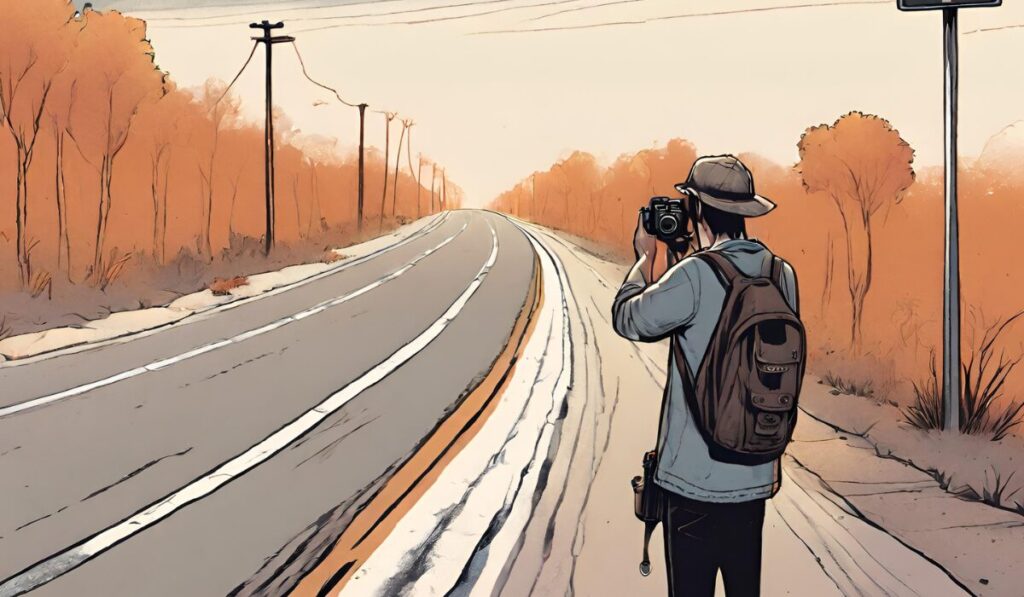
Irrespective of who is at-fault it’s important you document what has happened so that you have an accurate record of how, when and where the accidence occurred.
Proper documentation can significantly influence how the accident is evaluated and resolved.
It provides a clear, unbiased record of events and can be invaluable in any discussions or disputes that follow. Here’s how to effectively document the incident:
Photograph Everything: Take comprehensive photos of the accident scene. This includes pictures of all vehicles involved from multiple angles, any property damage, the positioning of cars, road conditions, traffic signs, and injuries if any.
Witness Information: If there are any witnesses, politely ask for their contact information. Witness accounts can provide an independent perspective on the events and may prove critical in understanding the accident dynamics.
Your Account: As soon as possible, write down your own detailed account of what happened. Include the time, location, the direction you were traveling, the events leading up to the accident, and any other details like weather and road conditions.
Police Report: Obtain a copy of the police report. It’s an official document that outlines the accident details and can be a key piece of evidence.
Exchange Information: Record the other party’s name, contact, insurance (if any), and vehicle details. This should include make, model, color, and license plate number.
Checklist for Documenting the Incident:
- Take extensive photos of the accident scene
- Collect contact details of witnesses
- Write down your own detailed account
- Obtain the police report
- Record the other party’s details
Thorough documentation is your strongest ally in any post-accident procedures.
It helps paint an accurate picture of the incident and can be pivotal in navigating the challenging path ahead for an uninsured, at-fault driver.
Communicating With The Other Party

As you would expect, you need to make contact with the other party at the time of the accident.
The way you handle this communication can significantly influence the resolution of the accident.
Here’s how to navigate this interaction effectively:
Stay Calm and Courteous: Emotions can run high after an accident. It’s important to remain calm and courteous during any interaction. This helps in keeping the situation from escalating.
Be Honest but Careful: Honesty is crucial, but be mindful of what you say. Admitting fault outright can complicate matters, especially legally. Simply provide factual information without adding personal opinions or assumptions about the accident.
Exchange Necessary Information: Share your contact and vehicle details with the other party. This includes your name, address, phone number, and vehicle registration number. Avoid discussing your uninsured status unless absolutely necessary.
Do Not Make Any Promises: Avoid making promises about covering damages or accepting blame. Such statements can be used against you later.
Document Your Conversations: If possible, keep a record of your conversations with the other party. This can be useful if there are any disputes or if the matter proceeds legally.
Seek Legal Advice if Necessary: If you feel overwhelmed or unsure about the communication process, it’s advisable to seek legal advice, especially considering your uninsured status.
Checklist for Communicating with the Other Party:
- Remain calm and courteous
- Exchange contact and vehicle information
- Avoid admitting fault or making assumptions
- Do not make promises about payments or repairs
- Document conversations (dates, times, what was discussed)
- Consider legal advice for complex situations
Remember, effective communication can pave the way for a smoother resolution of the incident, even in challenging circumstances like being uninsured and at fault.
Dealing with Police and Accident Reports
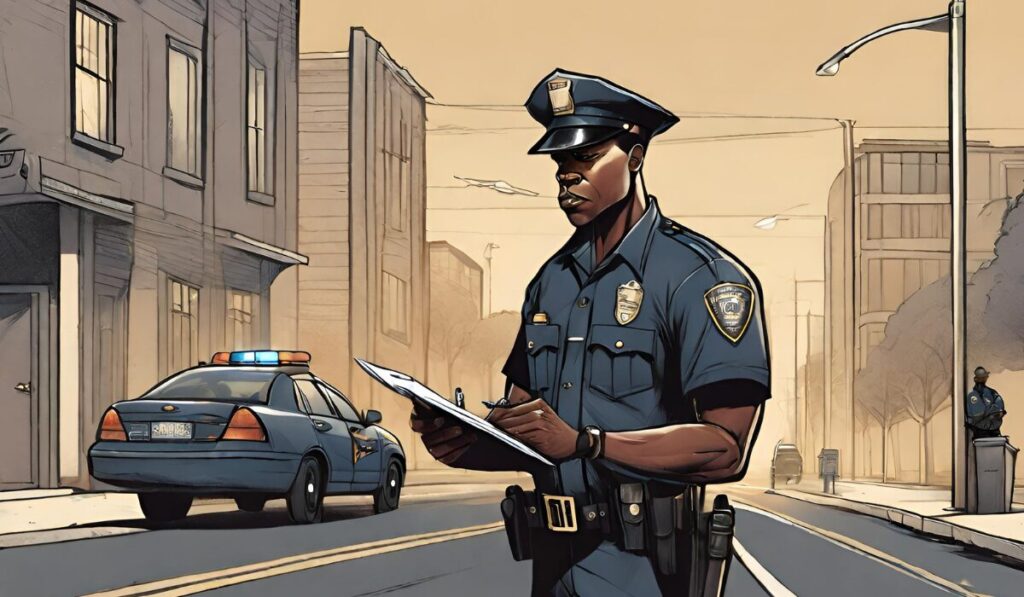
Like most accidents, it’s likely police will be involved, interacting with the police and handling the accident report becomes an important part of the process.
This can have serious consequences if not dealt with carefully.
The report not only serves as an official record of the incident but can also be a key factor in any legal proceedings that may follow.
Here’s how to navigate this crucial step:
Stay Calm and Cooperative: When the police arrive, stay calm and cooperative. Understand that they are there to assess the situation and gather facts. Being argumentative or defensive can complicate the process.
Provide Accurate Information: Give accurate information about the accident to the police. However, refrain from admitting fault or liability at this stage, as this can be determined later based on the evidence and reports.
Request a Copy of the Accident Report: The police report is an essential document. Politely request information on how to obtain a copy. This report will contain the officer’s perspective on the accident and include details like the date, time, location, and parties involved.
Understand the Process: Each state has different procedures for handling accident reports. Familiarize yourself with your state’s process, especially since you’re uninsured.
Use the Report for Future Reference: The accident report will be necessary for legal procedures and any discussions with the other party involved in the accident.
Checklist for Dealing with Police:
- Remain calm and cooperative
- Provide factual information about the accident
- Avoid admitting fault or liability
- Request information on obtaining the police report
- Familiarize yourself with your state’s procedures
- Use the report as a reference for future steps
Dealing with the police in an accident scenario, especially as an uninsured and at-fault driver, requires a composed and informed approach.
Following these guidelines can help you navigate this step more effectively.
Dealing with Other Party Insurance Company
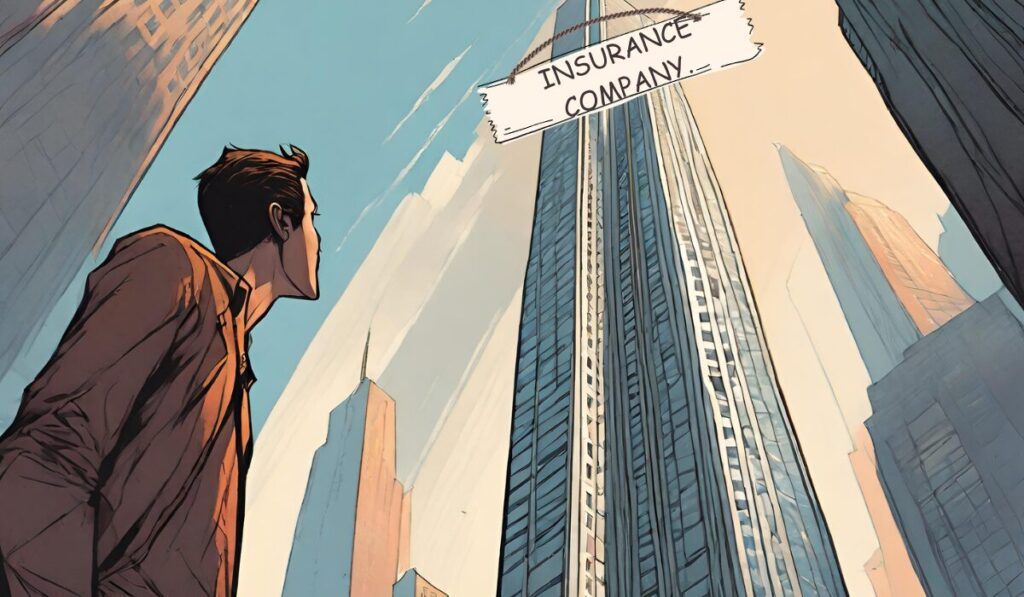
If the other party is insured, dealing with the insurance companies rather then the other party directly can be particularly daunting.
You may receive formal letters and demands that can feel overwhelming.
Understanding the common process these companies follow will help you navigate this stage more effectively.
Initial Contact: After the accident, the other party’s insurance company will likely contact you for your account of the incident. Be factual but cautious about what you say; avoid admitting fault or giving detailed statements without legal advice.
Investigation: The insurance company will investigate the accident to determine fault and assess damages. This process may involve reviewing the police report, inspecting the vehicles involved, and consulting any available witnesses.
Claim Assessment: Once their investigation is complete, the insurance company will assess the claim made by their insured party and determine the amount they believe you owe.
Demand Letter: You will receive a demand letter stating the amount you are liable for. This letter can seem intimidating, but it’s a standard part of the process.
Negotiation: If you disagree with the assessment, you have the right to negotiate. It’s advisable to seek legal advice before responding to the demand.
Legal Action: If an agreement can’t be reached, the insurance company might pursue legal action to recover the costs.
Checklist for Dealing with Insurance Companies:
- Respond to initial contacts professionally
- Provide factual information only
- Wait for the investigation and claim assessment
- Review the demand letter carefully
- Consider seeking legal advice for negotiation
- Be prepared for potential legal action
Remember, each step in this process is a part of standard procedures for insurance claims.
Stay calm, be informed, and consider consulting a legal professional to help you through this challenging phase.
Understanding the Legal Process
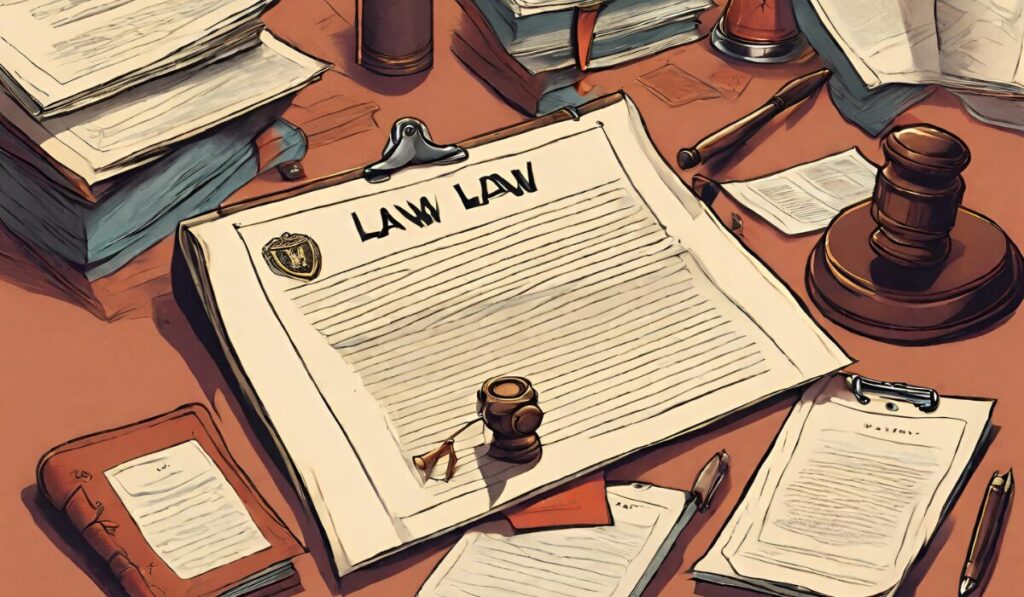
If there is damage caused, either property damage or injuries, it’s likely the other party directly or via their insurance company will expect you to be financially compensated for those damages when you the at-fault party.
Whether you are considering immediately settling the damages or not it’s important to understand the legal process.
This knowledge can help you navigate what can be a complex and intimidating path.
Here’s a basic overview of what you might expect:
Potential Liability: As the at-fault, uninsured driver, you may be personally liable for damages or injuries caused to the other party. This could include vehicle repair costs, medical expenses, and potentially, legal fees.
Legal Claims: The other party involved in the accident may file a claim or lawsuit against you to recover their losses. The severity of the accident and the extent of the damages will influence this.
Court Proceedings: If a lawsuit is filed, the case may go to court. You’ll need to present your side of the story, and the court will determine your financial liability.
Judgments and Payments: If the court rules against you, you may be ordered to pay compensation. This can be a substantial amount, depending on the damages and injuries.
Given these potential outcomes, seeking legal advice is strongly recommended.
Even if you can only afford a free consultation, it’s worth understanding your legal standing and options.
A lawyer can guide you on the best course of action, help negotiate settlements, and represent you in court if necessary.
Legal Process Checklist:
- Understand your liability in the accident
- Be prepared for potential legal claims
- Consider seeking legal advice, even if it’s a free consultation
- If sued, respond to the lawsuit promptly
- Gather all accident-related documents and evidence
- Explore settlement options before going to court
- Be financially prepared for possible court-ordered compensation
Navigating the legal landscape as an uninsured, at-fault driver can be daunting, but with the right preparation and understanding, you can handle this challenging situation more effectively.
Financial Considerations and Negotiations

Handling the financial repercussions can be daunting.
Receiving letters about financial demands can be emotional and daunting.
To help prevent emotions taking over it’s best to approach this with a clear plan and understanding of your options.
Here’s how to navigate the financial aspects and negotiations:
Assess the Damages: First, get a clear understanding of the extent of the damages to both vehicles. If possible, obtain estimates for repairs. This will give you a starting point for negotiations.
Communication with the Other Party: Open a line of communication with the other party involved. Be honest about your lack of insurance and express your willingness to cover the damages.
Negotiating with the Other Party or Their Insurer: If the other party has insurance, you may need to negotiate with their insurer. Be prepared for tough negotiations, as insurers will aim to minimize their payouts.
Setting Up Payment Plans: If you’re unable to pay the full amount upfront, propose a payment plan. Be realistic about what you can afford monthly and ensure you get any agreement in writing.
Legal Advice: Consider consulting with a legal expert. They can provide guidance on your obligations and rights, especially important since you’re uninsured.
Document All Agreements: Any agreement you reach regarding payment or compensation should be documented in writing. This serves as a record and can prevent future disputes.
Checklist for Financial Negotiations:
- Assess and document all damages
- Initiate honest communication with the other party
- Engage in negotiations, directly or with their insurer
- Propose feasible payment plans, if needed
- Seek legal advice for understanding your rights
- Document all agreements and negotiations in writing
Navigating financial responsibilities and negotiations as an uninsured, at-fault driver is challenging but manageable with careful planning and open communication.
Repair And Medical Costs
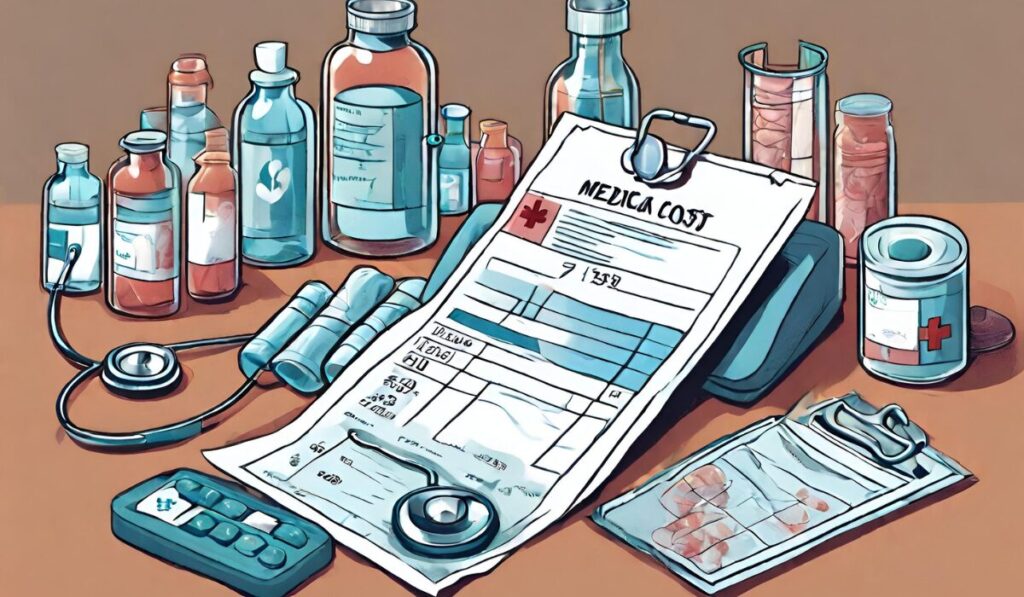
By this stage, if you have admitted fault then you are liable for their damages.
Therefore, it’s a matter of making sure the damages being asked for either directly by the other party or by their insurance company are reasonable and that you are not being asked for too much.
Vehicle Repairs:
Review Estimates: The other party will provide repair estimates for their vehicle. Carefully review these to ensure they are reasonable and correspond to the accident’s damage.
Validate with Multiple Sources: If you suspect the estimates are inflated, consider consulting with independent repair shops to get a comparative idea of the costs.
Negotiate Repairs: If there’s a significant discrepancy in repair costs, discuss it with the other party. Aim for a fair settlement that reflects the actual damages.
Medical Expenses:
Handling medical costs requires a careful approach, especially to verify the legitimacy of the claims.
Request Detailed Medical Bills: Ask for itemized medical bills. This helps in understanding what treatments were provided and their corresponding costs.
Verify with Medical Professionals: If in doubt, consulting with a medical professional or billing expert can provide insight into the accuracy and fairness of the charges.
Consider Legal Advice: In cases of significant medical expenses, consulting a legal expert can be helpful in navigating the claims and ensuring that you’re not overcharged.
Checklist for Verifying Repair and Medical Costs:
- Obtain and review repair estimates from the other party
- Compare estimates with independent sources for accuracy
- Negotiate repair costs for fairness
- Request itemized medical bills
- Consult professionals for bill verification
- Seek legal advice for substantial medical claims
It’s important to address these costs with diligence and fairness, ensuring that you’re covering legitimate expenses related to the accident.
Long-Term Implications and Prevention
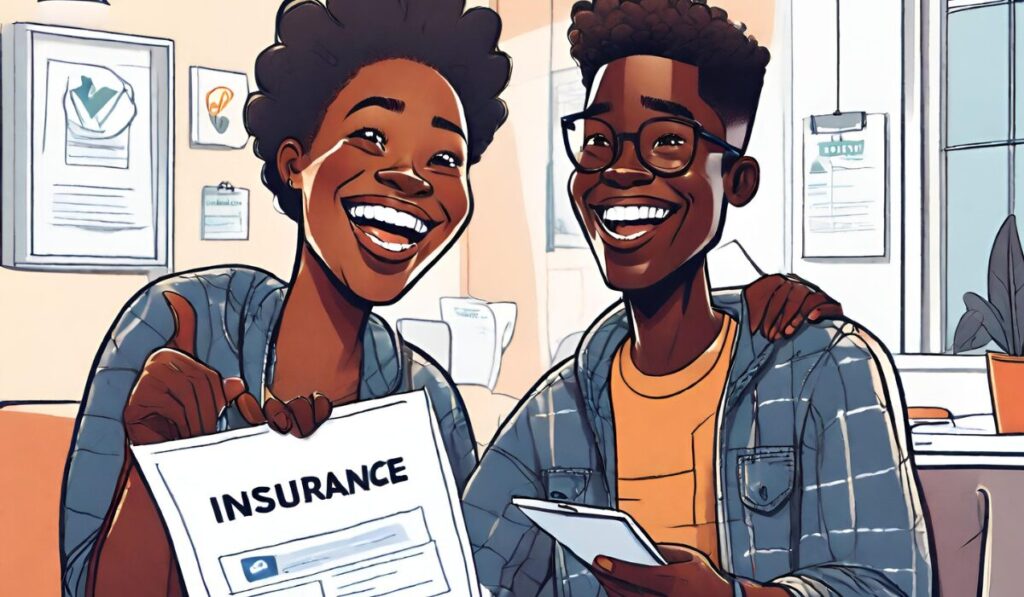
Being at fault in a car accident without insurance can have significant long-term implications.
It’s essential to understand these consequences and take steps to mitigate them in the future. Here’s what you need to know:
Increased Insurance Premiums: Once you decide to get insured, expect higher premiums. Insurance companies view uninsured, at-fault drivers as high-risk, leading to increased rates.
Legal and Financial Consequences: Depending on the accident’s severity and your state’s laws, you might face hefty fines, a suspended license, or even legal action for damages and injuries caused.
Impact on Credit Score: If you’re unable to pay for damages out of pocket and face legal judgments, this can negatively affect your credit score.
Emotional and Psychological Effects: The stress of being in an accident, especially as the uninsured party at fault, can have long-lasting emotional impacts. Consider seeking support if needed.
To prevent similar situations in the future and understand the importance of insurance, consider the following:
Always Have Insurance: It’s not just a legal requirement in many states; it’s a crucial safety net. Insurance protects you financially and provides peace of mind.
Drive Safely: Follow traffic rules, stay vigilant, and avoid distractions. Safe driving reduces the risk of accidents.
Regular Vehicle Maintenance: Keeping your car in good condition can prevent accidents caused by mechanical failures.
Checklist for Prevention and Mitigation:
- Obtain and maintain proper insurance coverage
- Adhere to safe driving practices
- Regularly maintain your vehicle
- Budget for increased premiums if uninsured currently
- Learn and understand your state’s traffic laws
- Seek professional advice for legal and financial planning
- Consider emotional support if affected by the accident
Understanding these long-term implications and taking proactive steps can help mitigate risks and ensure better preparedness for the future.
Summary
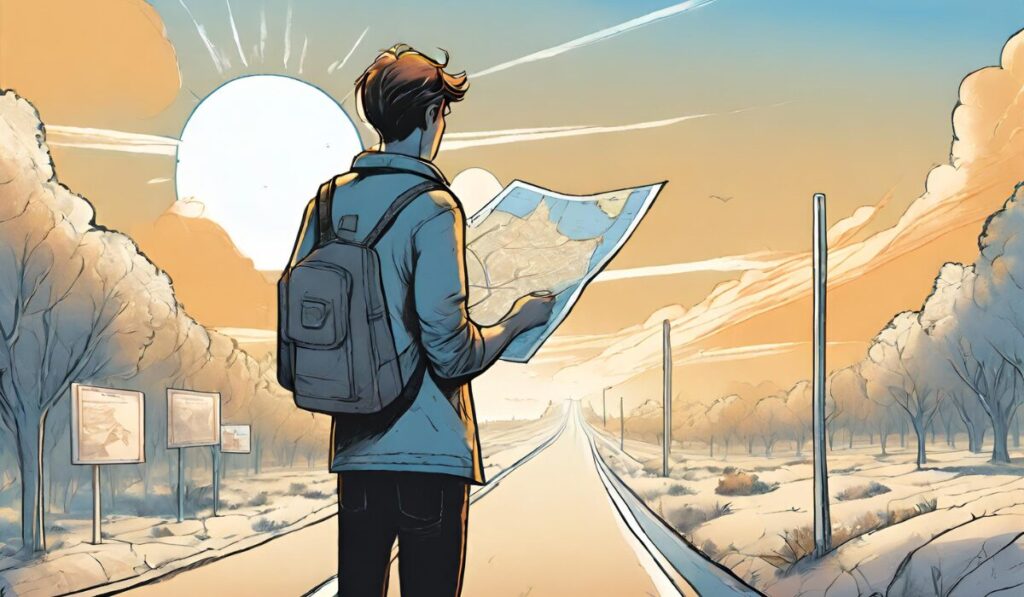
In this comprehensive guide, we’ve navigated through the crucial steps of handling a car accident from the perspective of an uninsured driver at fault.
From ensuring immediate safety and documenting the incident, to effective communication with the other party and dealing with police reports.
We’ve covered the intricacies of interacting with insurance companies, understanding the legal process, and explored financial negotiations, including repair and medical costs.
Additionally, we delved into the long-term implications and prevention strategies.
Our aim has been to provide a clear roadmap to help you confidently manage this challenging journey, hoping to make the process more manageable and less daunting.

